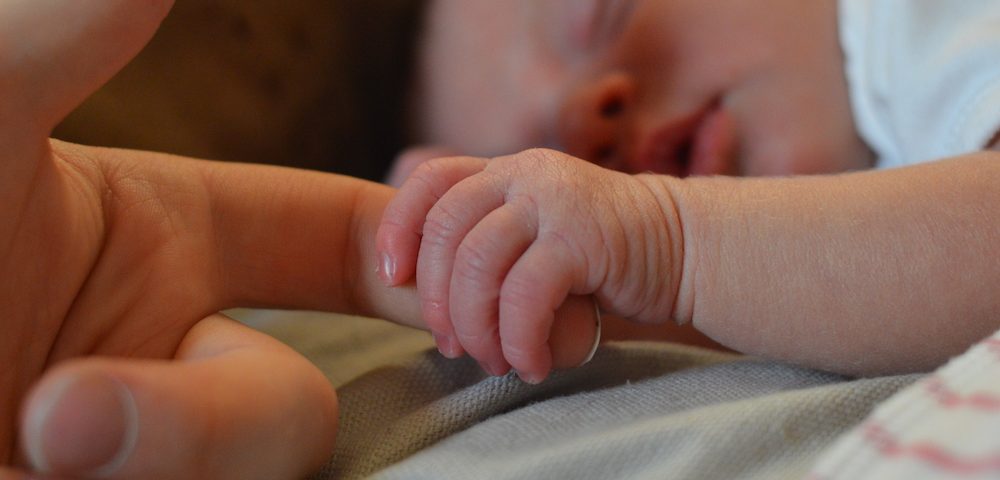The 3 Stages of Labor

The time has finally come- you are ready for that little one to be born. If you are a first-time mother, you might not know what to expect. We don’t want you to be unprepared for the experience, so here is the information you need about the 3 stages of labor.
Let’s stop here for just a moment to tell you that this event is not without discomfort and pain. Chances are good that you will not awaken from a blissful sleep with a bundle of joy magically appearing at your side without your full knowledge of how the delivery went. So, since you will be involved in your baby’s delivery, let’s get down to the nitty-gritty.
Stage 1 – Early Labor
This is when the contractions begin. It can feel like finger-like projections of discomfort or pain that start at your back and radiate outwards towards the center of your belly. Many women experience false labor pains called Braxton-Hicks contractions, but the contractions of stage 1, known as early labor, have a couple of characteristics that distinguish them from Braxton-Hicks, or false labor. These early labor signs are:
- Regular intervals
- Cervical dilation
- Effacement (cervix begins to thin)
You will probably call your doctor just to let him or her know when you are in the early stages of labor. There is usually no reason to go to the hospital immediately. If you are experiencing these contractions earlier than about 37 weeks, then you will proceed according to your doctor’s advice. You and your doctor will make a plan according to what is medically necessary.
Stage 2 – Active Labor
While you will be mostly at home when early labor hits, active labor is another story. During early labor, your cervix has begun to dilate but not much (only about 4 centimeters).
When the cervix reaches five centimeters, you are entering stage 2 of labor, or active labor. Call your doctor first before hopping in your car and heading for the hospital. If your water hasn’t broken, your doctor may not advise you come to the hospital just yet.
This is also where you start using those breathing techniques you learned in childbirth class. They won’t stop the pain of the contractions, but will help keep you calmer, quieter, and more relaxed.
Once your water breaks, you will want to head to the hospital. Once you are admitted, your doctor or your doctor’s staff should meet you there. The doctor and staff will begin to check you and see how your labor is progressing. Even though you may long to relax in your hospital room and lay in bed, your doctor may suggest you walk the halls if your dilation is going slow. This moving about may actually feel good to some mothers about to deliver. Stage 2, or active labor, can take a couple of hours to several hours.
Stage 3 – Transition
You are almost fully dilated at stage 3. The baby has descended into the birth canal and is ready to be pushed out. The doctor is watching closely to confirm that you are fully dilated and the baby is in the correct position to be safely delivered. The doctor’s orders are crucial in this stage and you must listen carefully.
Many mothers are ready to push that little one out into the world, but the doctor will guide you and let you know when it’s the right time to push. This can be hard especially with the contractions coming on fast and furious, and the desire to push seems overwhelming. Once given the order to ‘push’ the delivery moves very quickly and, right there amidst all the pain, the delivery suddenly comes to a quiet halt, and your little one is wailing to beat the band!
Labor is a natural process. The body knows what to do to ready itself for delivery of this new life. Knowing what your body is doing to prepare for this event is important. Knowledge of the 3 stages of labor will help you rest easier and be ready when your body is!
